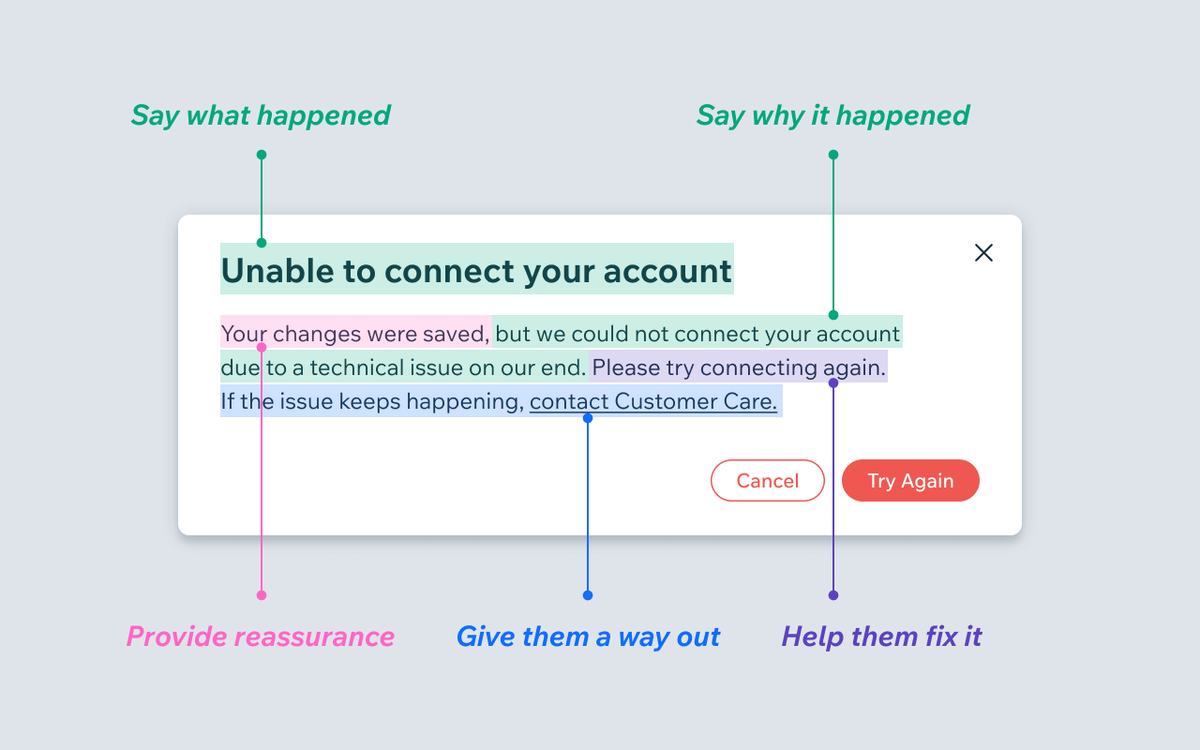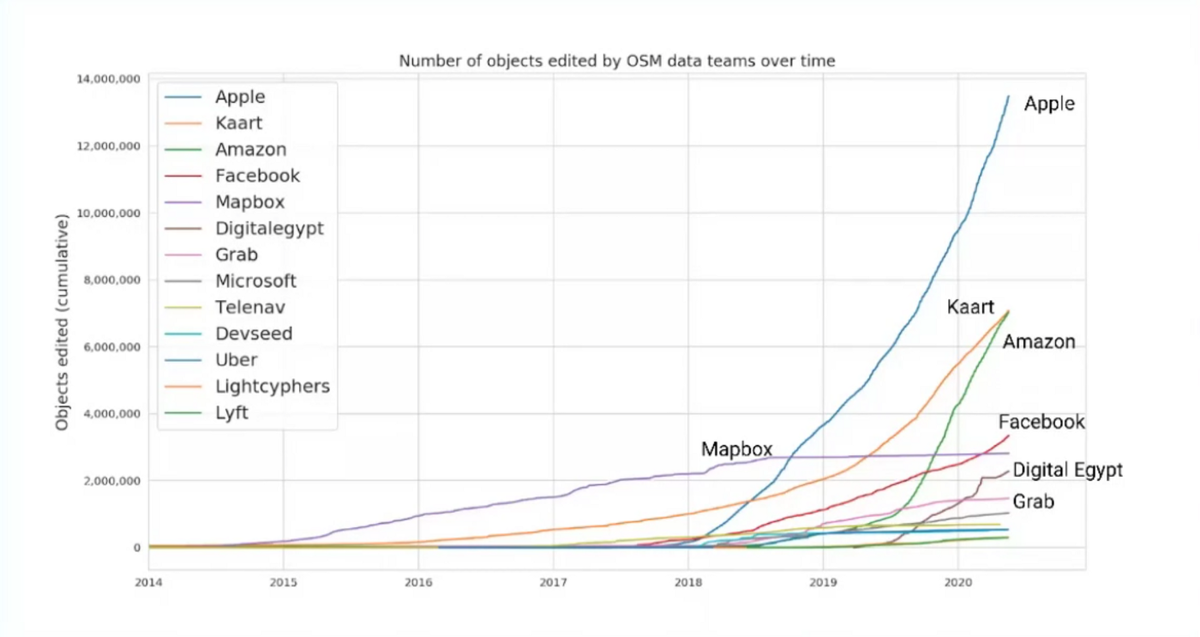Max Howell, creator of Homebrew, has gone back to his notes on brew2 to apply web3 concepts to help “distribute value to open source.” He’s calling this new brew tea.
Tools like Homebrew lie beneath all development tools, assisting developers to actually get development done. We know the graph of all open source, which means we’re uniquely placed to innovate in interesting and exciting ways. This is exactly what tea will do. We’re taking our knowledge of how to make development more efficient and throwing innovations nobody has ever really considered before.
With plans to move the package registry on-chain, Max lays out the numerous benefits due to “inherent benefits of blockchain technology”:
- Packages will be immutable (no more left-pad incidents)
- Packages will always be available (we’ll use decentralized storage)
- Releases will be signed by the maintainers themselves (rather than a middleman you are told you can trust)
- Tools can be built to fundamentally verify the integrity of your app’s open source constitution
- Token can flow through the graph
Max says “token flowing is where things get really interesting,” and goes on to say “with our system people who care about the health of the open source ecosystem buy some token and stake it.”
(Thanks to Omri Gabay for sharing this first in our community Slack)


